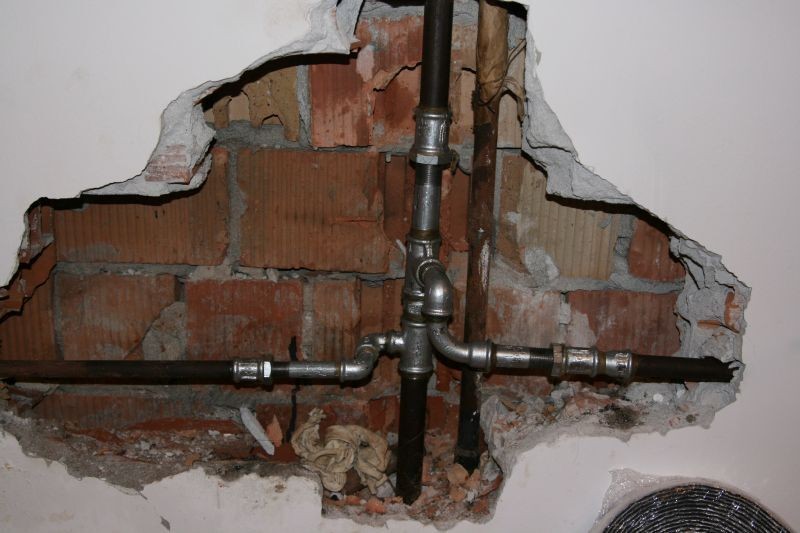
Fire Damage Restoration: Restoring Insulation and Drywall
Fire damage restoration is an essential process for repairing and restoring properties affected by fires. It involves comprehensive and detailed steps to ensure that the property is safe and habitable again. In this article, we will explore the various aspects and steps involved in fire damage restoration, with a specific focus on restoring insulation and drywall.
The Importance of Fire Damage Restoration
Fire damage can cause extensive harm to a property, both visible and hidden. The effects of a fire can reach beyond the areas directly affected by flames, causing damage to structural components, electrical systems, and even the air quality. It is vital to address fire damage promptly to prevent further deterioration and to restore the property to its pre-fire condition.
.jpg)
Assessing the Damage
The first step in fire damage restoration is a thorough assessment of the property. Trained professionals from a fire restoration company, such as Service Water Restoration Pros, will inspect the property to determine the extent of the damage. The assessment includes evaluating the structural integrity, identifying areas that require immediate attention, and estimating the overall restoration scope and cost.
Emergency Mitigation
After the assessment, the restoration team will initiate emergency mitigation measures to prevent further damage. This may include addressing water damage from firefighting efforts, boarding up windows and doors, and securing the property against potential hazards. Quick action during the emergency mitigation phase can help mitigate secondary damage and ensure the safety of occupants.
Content Handling and Cleaning
During a fire, not only the structure but also the contents of the property can be affected. Fire damage restoration professionals will carefully inventory, pack, and transport salvageable items to a secure location for cleaning and restoration. Specialized techniques and equipment are used to remove soot, smoke odor, and other contaminants from the belongings.
Removal of Debris
Once the property is secured and the contents are safely stored, the restoration team will proceed with removing debris left behind by the fire. This includes charred materials, damaged insulation, and any other debris that may pose a safety risk or hinder the restoration process. Proper debris removal is crucial for preparing the property for the next stage of restoration.
Restoring Insulation and Drywall
One of the significant aspects of fire damage restoration is restoring insulation and drywall. Fires can cause severe damage to these components, either through direct exposure to flames or secondary effects such as smoke and water damage. To restore insulation, damaged areas are carefully removed, and new insulation materials are installed. Similarly, damaged drywall is replaced or repaired to restore the integrity and appearance of the walls and ceilings.

Air Duct Cleaning
Fire damage restoration also involves thorough cleaning of the HVAC system’s air ducts. Smoke and soot particles can infiltrate the ductwork, spreading the odor and contaminants throughout the property. Professional air duct cleaning ensures that the air circulating in the restored property is clean, free from smoke odors, and safe for occupants to breathe.
Final Cleaning and Restoration
Once all the necessary repairs and replacements are made, the property undergoes a final cleaning and restoration process. This includes detailed cleaning of surfaces, carpets, and upholstery, applying odor-eliminating treatments, and conducting final inspections to ensure that the property is restored to its pre-fire condition. It is essential to hire a professional fire damage restoration company to ensure the highest quality of restoration work.
Fire Damage Restoration: The Complete Guide
For more comprehensive information on fire damage restoration, including additional steps, the costs involved, and the insurance aspects, refer to the Fire Damage Restoration: The Complete Guide. This guide provides valuable insights and resources for property owners navigating the restoration process.
Frequently Asked Questions
What are the common causes of fire damage?
How long does the fire damage restoration process take?
Fire damage restoration is a specialized and complex process that requires the expertise of trained professionals. By following the appropriate steps and working with a reputable fire restoration company, property owners can restore their properties and regain a safe and habitable space after a fire incident.



